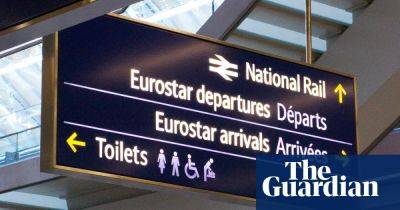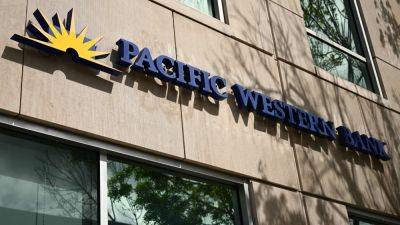UK mortgages: time to switch and fix to save up to £400 a month
The average standard variable rate (SVR) for mortgages has climbed to its highest level for more than 15 years, so many people sitting on one of these could save several hundred pounds a month by switching to a fixed-rate deal.
That was one of the key takeaways from data issued this week that also signalled that rates on new fixed-rate mortgage deals may start to rise again.
A series of Bank of England interest rate rises – 12 since December 2021 – and the chaos triggered by last September’s mini-budget from Liz Truss’s government mean it has been a stressful and costly time for millions of people with a mortgage or looking for one.
However, the financial data provider Moneyfacts says the home loans market “is showing positive signs of resilience and growth”. It pointed to the fact that the total number of mortgage products available has more than doubled since last October, jumping from 2,258 then to 5,264 this month.
Meanwhile, the average rates on new two- and five-year fixed deals have fallen, to 5.26% and 4.97% respectively earlier this month. However, that is unlikely to provide much cheer to those looking to replace a fixed-rate deal that is coming to an end now or soon, who typically face much higher monthly costs.
In May 2021 the average new two-year fixed mortgage rate stood at 2.57% and is now more than double that. Similarly, the average five-year fixed mortgage rate in May 2018 stood at 2.91%, and is now more than two percentage points higher.
Soaring interest rates mean that many of the 1 million or so people sitting on their lender’s SVR – which borrowers typically go on to when a deal ends – should urgently think about moving to a cheaper product. SVRs vary dramatically across the market but they have all been
Read more on theguardian.com





















